OnePlus 12 and its exorbitant 4,500-nit peak brightness explained
We may earn a commission if you make a purchase from the links on this page.

OnePlus 12 claims no less than six major breakthroughs
Update: The OnePlus 12 is now official globally, with a market launch scheduled for February 6, 2024. Our OnePlus 12 review is already live, and spoiler alert, that's one good phone! The original text of the article follow below.
The OnePlus 12 was announced in China last week, and while it's quite an intriguing device, one unique and head-turning aspect of it surely got our undivided attention - its record peak brightness of 4,500 nits.
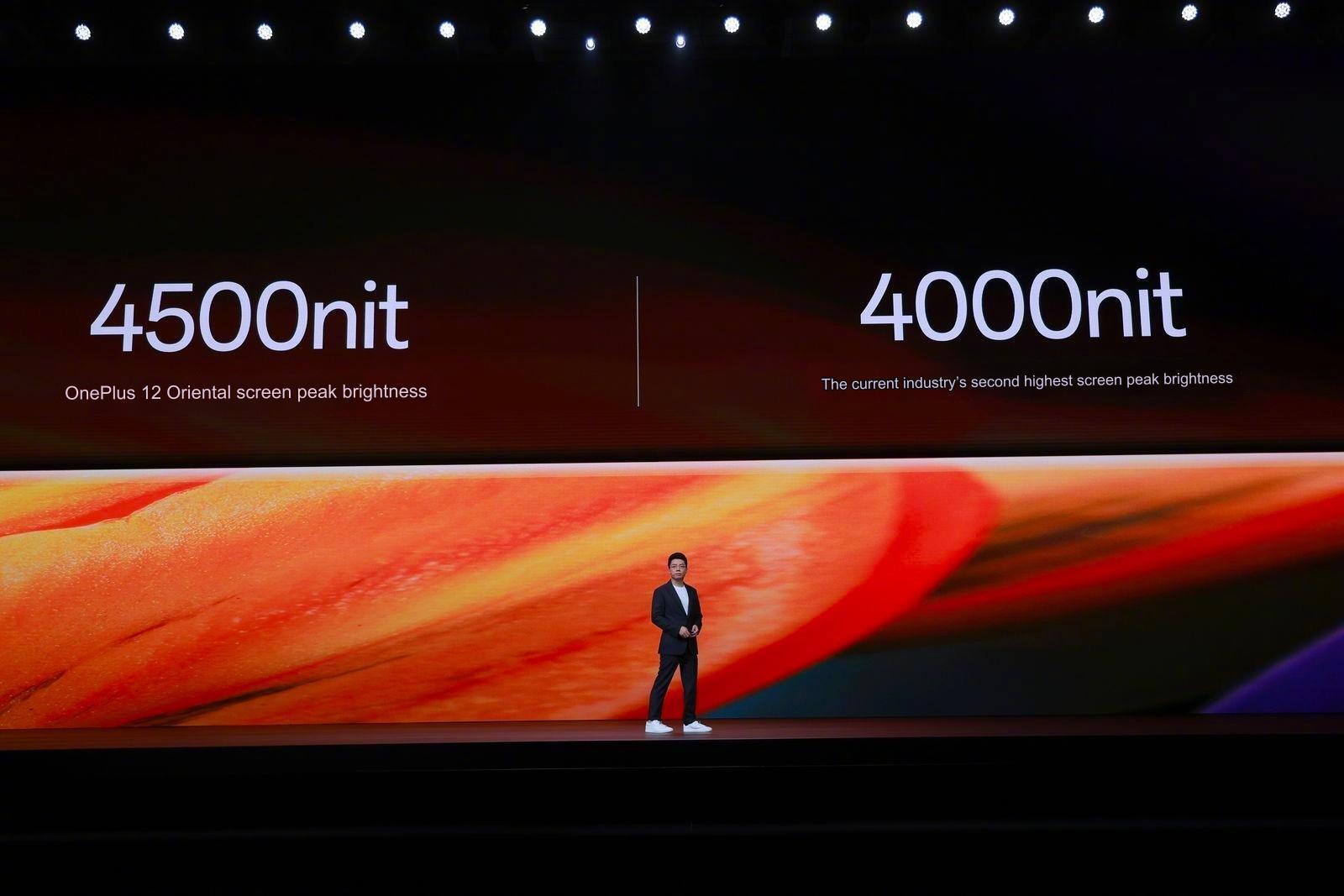
OnePlus 12 peak brightness versus the next best thing
Circling back to the most staggering 'number' related to the OnePlus 12's display, its peak brightness, it definitely sticks out among all other phones released in 2023. After all, most phones released in 2023 have all arrived with much humbler peak brightness. For example, the Google Pixel 8 Pro came with a 2,400-nit display, among the highest in the industry, while Apple claims up to 2,000 nits of outdoor peak brightness.
How could have OnePlus achieve such an unusually high metric? Is it real, or have we all become lost in the translation? Furthermore, how do the other manufacturers measure brightness?
How do phone manufacturers measure brightness?
In the table you're about to see below, we've collected the official maximum brightness measurements claimed by each manufacturer for some of the hottest flagships released in 2023. Do have in mind that not all manufacturers reveal the specifics of how the brightness readings have been measured.
Advertised brightness levels
| Phone | Typical brightness | HDR brightness | Peak brightness | Measurement specifics |
|---|---|---|---|---|
| OnePlus 12 | 1,600 nits | - | 4,500 nits | |
| Google Pixel 8 Pro | - | 1,600 nits | 2,400 nits | *HDR brightness measured at 100% on-pixel ratio (100% APL) *Peak brightness measured at 5% on-pixel ratio (5% APL) |
| Google Pixel 8 | - | 1,400 nits | 2,000 nits | *HDR brightness measured at 100% on-pixel ratio (100% APL) *Peak brightness measured at 5% on-pixel ratio (5% APL) |
| Samsung Galaxy S23 Ultra | - | 1,750 nits | - | |
| Apple iPhone 15 Pro Max | 1,000 nits | 1,600 nits | 2,000 nits | - |
| Xiaomi 13 Ultra | - | - | 2,600 nits | - |
| Redmi K7 Pro | - | - | 4,000 nits | - |
| Oppo Find X6 Pro | 800 nits | 1,500 nits | 2,600 nits | - |
At PhoneArena, we conduct numerous benchmarking tests when we get a device for review. We test the performance, battery life, and display properties of all phones. When it comes to brightness, we test at 100% APL, which essentially means that the whole of the screen displays a fully white image.
This is one of the reasons why we usually measure lower maximum brightness levels than advertised. For example, the Pixel 8 Pro's 2,400-nit peak brightness translated to 1,449 nits of maximum brightness as measured in our tests. We measured 1,086 nits of maximum brightness on the Galaxy S23 Ultra, which has an advertised peak brightness of 1,750 nits. All these measurements are correct, the margins can be traced back to the different measurement processes.
This is one of the reasons why we usually measure lower maximum brightness levels than advertised. For example, the Pixel 8 Pro's 2,400-nit peak brightness translated to 1,449 nits of maximum brightness as measured in our tests. We measured 1,086 nits of maximum brightness on the Galaxy S23 Ultra, which has an advertised peak brightness of 1,750 nits. All these measurements are correct, the margins can be traced back to the different measurement processes.
Some other terms that are often used by phone manufacturers are typical and peak brightness.
Typical brightness is typically referred to as the maximum brightness achievable by a fully lit display, usually at 100% APL. That's what you might usually expect out of a display, and is the metric that's the closest to what you might expect out of a display as far as brightness goes.
Peak brightness, on the other hand, depicts the maximum brightness of a small portion of the display that's displaying a fully white image, whereas the rest of the display is turned off. That's what's often referred to as peak HDR brightness by some manufacturers for marketing purposes.
AMOLED displays and brightness in a nutshell
The 4,500-nit peak brightness, more than twice that of most flagship phones currently sold in the US, is most certainly real. Then again, the OnePlus 12 surely isn't more than twice as bright as most of its rivals.
It all boils down to the way the brightness is measured and how AMOLED displays work.
It's mostly common knowledge that an OLED display consists of separate self-illuminated pixels, which on their combine three separate red, green, and blue subpixels. The pixels can be selectively switched on or off by the display's TFT backplane in various combinations, allowing the screen to display more than a billion colors.
Switch all three subpixels of a pixel, and you get white color; power none, and you get black. The amount of powered pixels in relation to a full white display is called APL, or Average Picture Level. A screen displaying a fully white image (with all pixels switched on) sits at 100% APL, while a black image measures 0% APL as none of the pixels are powered on. Completely green, red, or blue images respectively measure up at 33% APL each as you only have a third of the necessary subpixels switched on, the rest are powered down.
Moreover, the power consumption of AMOLED displays is directly related to the content displayed––a pure white image will drain your battery significantly faster than a mostly dark image. As the screen usually has a preset amount of maximum power it could draw, the fewer pixels are turned on, the more power they can get allocated for themselves, which makes them brighter.
So, when only a single pixel on an AMOLED display is switched on, the screen can allocate more power to it, thus boosting its brightness above and beyond what the full display can achieve. In this situation, the APL would be less than 1%.
How did OnePlus achieve such an unusually high peak brightness?
We are mostly certain that the 4,500-nit peak brightness of the OnePlus 12 is a real measurement that can be easily backed up by the company. However, we are also mostly certain the brightness measurement was done at a very low APL, likely allocating the maximum power to a single white pixel in HDR mode, which has peaked at around 4,500 nits.
In real life, it's nigh impossible to achieve such an exorbitantly high peak brightness. The reason is simple––even with dark mode on, we rarely use our devices at lower APL levels, so the maximum brightness is significantly lower than what a single white pixel can theoretically achieve. So, even though your OnePlus 12 will be techically capable of delivering such a high peak brightness, you will hardly be able to make use of it.
OnePlus claims this peak brightness record from a contender that was cited as boasting 4,000 nits of peak brightness. That's most likely the Redmi K7 Pro, which was announced in late November.
What is the real-life OnePlus 12 peak brightness?
As measured in our display tests, the OnePlus 12 achieves 1,120 nits of maximum brightness as measured on a fully white screen. That's less than what OnePlus advertises, but perfectly logical and expected. It once again boils down to the way brightness is measured.
Follow us on Google News


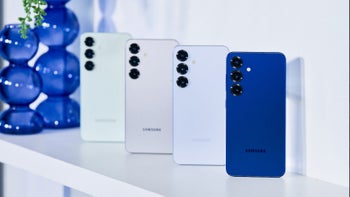



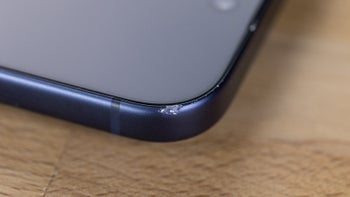
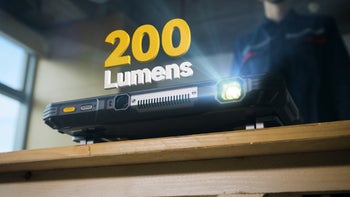


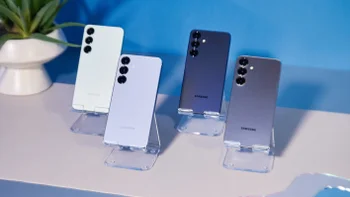
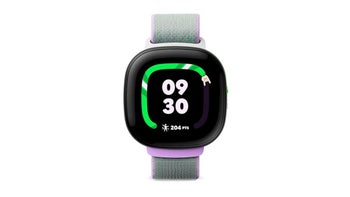
Things that are NOT allowed:
To help keep our community safe and free from spam, we apply temporary limits to newly created accounts: